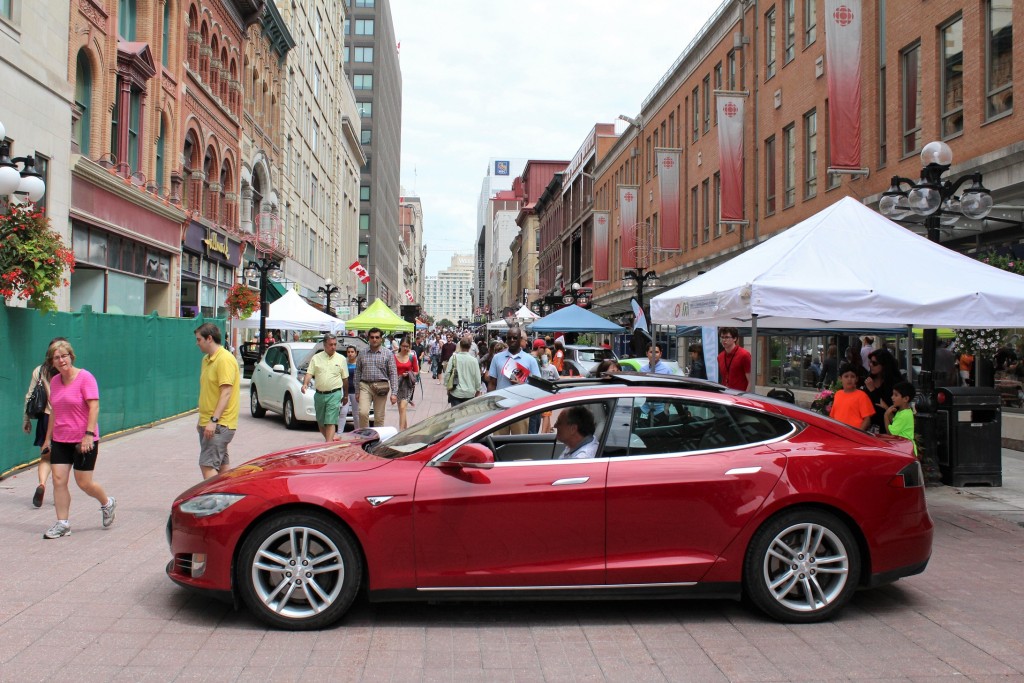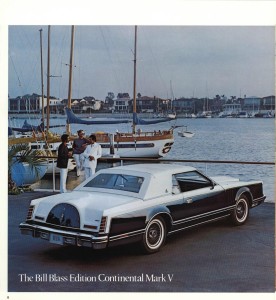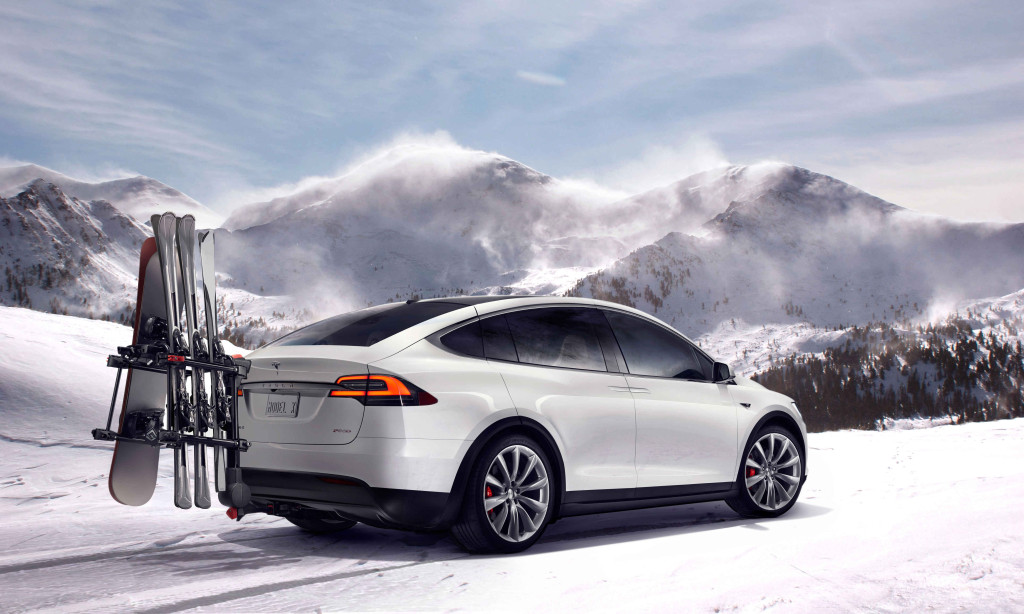I waited until the second day of the New Year to get annoyed by something because this was my New Year’s resolution.
So, it’s January 2, and I’m annoyed by a story I read after being linked to it via Twitter!*
*In many ways, 2015 hasn’t ended
The annoyance comes, not surprisingly, from the preachy news site Vox, an outlet where right-thinking Brooklynite millennials explain to the plebs the way things really are. Their entirely predictable take on every issue of the day has become known in more cynical circles as Voxsplaining.
I won’t link to the offending article (it can be looked up, if one so chooses), but it can be summarized as ‘Economists don’t like electric vehicle subsidies but I do because we collectively need to do something to save the planet.’
Economists almost all agree that such subsidies are “excessive and inefficient,” the article states, but the author argues there are nebulous benefits realized that we can’t measure but must be there. So the subsidies must continue apace.
And it goes on and on in the usual ‘Me vs. The World’ tone one comes to expect from someone convinced of their own righteous moral superiority.
Stop, I say. Just stop.
So very often in these debates, it comes down to one party claiming the other’s plan to solve XYZ problem is inefficient, and the other party claiming the first guy just doesn’t want to do anything about XYZ problem.
Because he doesn’t care, see.
For a good example, watch any two opposing politicians talk about any given issue.
In the old days, one would just accuse the other’s wife of running around town, leading to punches or maybe even a duel. Nowadays, we shame our opponents by climbing into a Care Bear furry suit.
The issue at hand – EV subsidies – doesn’t exist in a vacuum, though. It’s a ‘green’ issue, like green energy and green jobs and green taxation and the like.
When the first oddly proportioned EVs trickled onto the market as a novelty, some governments tossed cash at EV buyers so that they could claim they were helping more EVs ply the roadways, and aren’t we great stewards of the Earth?
It was but one way of addressing the need to lower emissions created by internal-combustion engines.
Then more and more EVs hit the market, many of them at the high end of the market, while in the background, gasoline-powered cars became more efficient and energy-saving programs for homes and businesses came and went. The EV subsidy exists as a single square in a patchwork quilt of programs with the same goal – saving the planet.
The problem is, once a program is put into effect, it becomes a sacred cow to some. After all, if it was created with the greatest and purest of intentions, why would anyone even consider altering it?
Well, for one thing, because this is a subsidy consisting of finite taxpayer money that could be put to better use while keeping the same goal in mind.

Build it and they will come. But only if it fits unobtrusively into a lifestyle, and can be fueled easily.
Ontario, like Quebec and some U.S. states, will fork over up to $8,500 to the buyer of a new EV. The program has been in effect for years, and exactly how much has been paid out through it remains a mystery. In a province of 13 million people, suffice it to say millions.
Should the affluent buyer of a 691-horsepower dual-motor Tesla P85D – a car that goes zero-to-100km/h in 3 seconds, retails for $120,000 and features a ‘Ludicrous Mode’ – receive $8,500 from taxpayers to fund his or her ultra-lux road rocket?
To phrase it another way, should the residents of a province with $300 billion in debt, monthly interest payments of $11.4 billion, a stagnant economy and serious health care challenges be throwing money at the wealthy for status-symbol cars?
Wealthy people who very likely can afford the P85D just fine, along with (probably) a boat and cottage for weekend down time?
A solid look at the current subsidy setup would make both fiscal conservatives and social democrats cringe.
Surely there’s a better way for a province obsessed with displaying its progressiveness at every turn to tout its green bona fides while supporting EV proliferation?
In its defense, the province recently pledged $20 million for the installation of public charging stations. Not only was it a good way to change the channel from the soon-to-be forgotten scandal of the day, it’s an altogether better use of public funds to spur EV ownership.
Rather than help a person who can already afford an EV buy one, this type of investment strengthens the infrastructure needed to make EV ownership practical for all potential buyers, and the EV industry as a whole sustainable.
Provincially-bought chargers would bolster the ranks of stations already installed by the likes of Tesla, Sun Valley Highway, local municipalities, privately-owned shopping malls, hotels and dealerships.
Subsidies directed to EV buyers should be redirected to this initiative. At the very least, a cap on vehicle price should be added to the subsidy program.
Governments are in the business of building and maintaining roads, something they eventually pull off reasonably well, with some caveats. They’re not in the business of creating what’s driving on them, nor are they good at picking winners when it comes to handing out big globs of corporate welfare (though that cash is always gladly accepted on the other end).
Better charging infrastructure is crucial at a time like this. EV numbers are rising – slowly, to be sure – but a new wave of cheaper electrics with far better range are poised to hit the streets in the next year or two.
Tesla showed the world that a long range, capable EV was possible, but vehicles like the Model S and fancy-doored X are still out of reach for most of the buying public. Models like the Chevy Bolt (due next year), as well as the next-generation Nissan LEAF and (conceptual) downmarket Tesla Model 3 would put EV ownership solidly in the hands of the middle class.
For a young or middle class buyer to choose an EV, it needs to be a purchase that won’t make them quickly regret it. That’s where infrastructure comes in.
Packards and Peirce-Arrows brought about technological advancements in the car industry 100 years ago, but it was the lowly (and wildly popular) Ford Model T that brought about the proliferation of fueling stations and new gasoline refining techniques in America.
A thirsty society needs – and demands – access to fuel, whether it be hydrocarbons or charged ions.
If public money is to be spent, this is where it should go.
Links:
http://www.mto.gov.on.ca/english/vehicles/electric/electric-vehicle-incentive-program.shtml#evs




